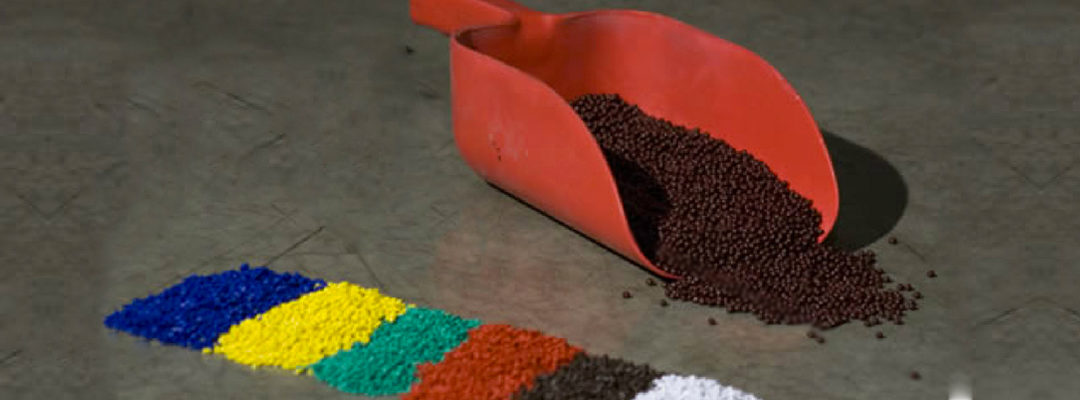Plastic Extrusion Technologies (PET) has been at the forefront of the custom plastic extrusion industry since 1997, leveraging over a century of combined expertise to deliver high-quality, cost-effective plastic extrusions.
While we may be a little biased, we think the plastic extrusion process is a fascinating and essential manufacturing process in the manufacturing industry, transforming raw plastic materials into a wide range of plastic products. We want to impart some of our knowledge to you. So today, we’ll take an in-depth look at the whole process! We’ll explore each step, from the preparation of raw materials to the final finishing touches, to ensure every plastic product meets the highest standards.
The Plastic Extrusion Process: A Step-by-Step Overview
Raw Material Preparation
The plastic extrusion process begins with the selection and preparation of raw plastic material. These materials, often in the form of pellets or granules, include a variety of plastics such as polyvinyl chloride (PVC), polyethylene, and polypropylene. Each material is chosen based on its unique properties and suitability for the intended application. Once the raw materials are ready, the next phase involves transforming these solid granules into a workable molten state.
Melting
The prepared materials are fed into a plastic extruder, a machine consisting of a heated barrel and a single screw extruder. As the screw turns, the plastic pellets are pushed forward and subjected to intense heat, causing them to become molten plastic. This melting phase is critical, as it transforms the solid plastic into a molten state, ready for shaping. With the plastic now in a molten state, it is ready to be formed into specific shapes through a precise and carefully controlled process.
Shaping
Once the plastic is melted, it is forced through a die, a specialized tool that shapes the molten plastic into the desired plastic profile. The design of the die, part of the plastic extrusion tooling, determines the cross-sectional shape of the final plastic product. The precision of the die is crucial, as it ensures the consistency and accuracy of the extrusion.
Cooling
After shaping, the extruded plastic enters the cooling phase. The plastic is cooled using air or water, solidifying into its final form. This step is essential for maintaining the structural integrity of the plastic parts and preventing deformation. The cooling rate must be carefully controlled to avoid any inconsistencies.
Finishing
The final step in the plastic extrusion process is finishing. This can include cutting, drilling, and other modifications to meet specific customer requirements. PET offers a comprehensive suite of finishing services, such as CNC machining, ensuring that each plastic part meets the highest standards of quality and precision.
Types of Plastic Materials Used in Extrusion
Understanding the materials used in extrusion is just as important as the process itself, as each type of plastic offers unique properties and benefits
PVC (Polyvinyl Chloride)
PVC is a versatile and widely used plastic material known for its durability, chemical resistance, and flexibility. It is commonly used in construction materials, pipes, and automotive parts.
Polyethylene
Polyethylene is valued for its lightweight, high impact resistance, and excellent chemical resistance. It is frequently used in packaging, containers, and various consumer goods.
Polystyrene
Polystyrene is a rigid, transparent plastic that is easy to mold and shape. It is used in products such as point-of-purchase signs, display cases, and various household items.
Polypropylene
Polypropylene is known for its high melting point, chemical resistance, and strength. It is often used in automotive parts, textiles, and packaging materials.
Examples of Finished Products Made Through Plastic Extrusion
To see these materials in action, take a read over these common products created through the plastic extrusion process.
Point-of-Purchase Signs
One of the key applications of plastic extrusion is the production of point-of-purchase signs. These signs are essential for retail displays, providing an attractive and durable solution for marketing products. PET’s expertise in creating custom plastic shapes ensures that each sign meets specific design and functionality requirements.
Automotive Parts
The automotive industry relies heavily on plastic extrusion for various components, including door seals, trim pieces, and interior panels. The ability to produce complex profiles and shapes makes extrusion an ideal method for manufacturing high-quality, durable automotive parts.
Custom Plastic Shapes
PET excels in creating bespoke plastic profiles tailored to unique customer needs. From tri-extrusion profiles to wood composite blends, the range of custom plastic shapes produced through extrusion is vast. These products serve diverse industries, providing solutions for everything from prototype development to large-scale production.
Sophisticated and Versatile Transformation
Ultimately, the versatility and precision of the plastic extrusion process make it an indispensable technique for a wide range of applications. This process is a sophisticated and highly versatile method for transforming raw plastic materials into finished products. By understanding each step of the process—melting, shaping, cooling, and finishing—along with the properties of various plastic materials, businesses can make informed decisions about their extrusion needs. Plastic Extrusion Technologies (PET) stands out in the industry with its extensive experience, state-of-the-art facilities, and commitment to quality and innovation. Whether for automotive parts, point-of-purchase signs, or custom plastic shapes, PET provides tailored solutions that meet the evolving demands of diverse industries.

